People stranded in the Rukban refugee camp in the US-controlled refigee camp of Rukban in eastern Syria get less than 5 liters of water per person per day, the Russian and Syrian Joint Coordination Committees for Repatriation of Syrian Refugees said in a statement released by the Russian Defense Ministry on March 12.
The statement pointed out that tihs is barely enough for cooking and drinking, and insufficient for proper personal hygiene.
“Behind the camp’s wall are reservoirs with a volume of 210 cubic meters, into which water brought from Jordan is filled and then distributed among the camp’s residents. Simple calculations show that each resident can receive no more than 5 liters of water per day. That is not only barely enough for cooking and drinking, but also insufficient for washing and doing laundry, which leads to unsanitary conditions,” the statement said.
According to the statement, members of US-backed Maghawir al-Thawra, a militant group that operates in the area, disrupt water deliveries to the camp, criminally using it as a bargaining chip for blackmailing and profiteering purposes.
The statement also recalled that burial sites and garbage dumps that dot the area close to housing locations are worsening the already dire humanitarian situation in the camp.
The Russian and Syrian Joint Coordination Committees also adressed the shortage of food, warm clothing and medication in addition to the poor sanitary and epidemiological situation. According to the statement, refugees suffer from exhaustion, acute intestinal diseases and infections.
Despite this, the US-led coalition and its proxies continue to prevent the evacuation of refugees from the camp.
The full statement:
JOINT STATEMENT
by joint coordination headquarters of the Russian Federation and the Syrian Arab Republic “On the plight of the Rukban camp refugees”
March 12, 2019.
Today is already 1,776th day of suffering of Syrian citizens forcibly detained in Rukban refugee camp by US-controlled armed groups. The American side took non-constructive actions, leading to new victims and multiplying the suffering of those Syrians, forcibly seized in the US-controlled 55-kilometer zone.
We continue to closely monitor the situation in the camp, which continues to deteriorate. There is still severe shortage of food supplies, warm clothes and medication. There is a severe sanitary and epidemiological situation. People suffer from exhaustion, acute intestinal diseases and infections. The shortage of drinking water is particularly serious.
Here we must pay tribute to the authorities of Jordan, who organized the supply of water for the residents of the Rukban, because without this it is not at all clear how the refugees would have to survive in this camp. It is only the goodwill of the Jordanian side that let them have the drink and the ability to cook.
Despite the efforts of the Jordanians, the water in the camp is critically lacking.
The satellite image clearly shows how the water is supplied to the camp. Behind the camp wall there are 210 cu m tanks, into which they pour water brought from the territory of Jordan, and inside the camp there are bottling points for the residents. A simple calculation shows that each resident of the camp can receive no more than 5 liters of water per day. This volume is barely enough for cooking and drinking, but not enough for washing and laundering, which leads to poor sanitation.
Well, residents of the camp can not always get this little, because the US-controlled militants of Magavir Al-Saura periodically hamper the delivery of water to Rukban, using it for blackmailing and speculation.
When monitoring we reveal more new facts of a humanitarian catastrophe in the camp. In addition to previously published photographs testifying to the presence of burial places near the Rukban territory, where at least 300 people were buried, we found three more spontaneously formed cemeteries located in the camp itself in the immediate vicinity of the dwellings and bottling points, which are another source of infectious diseases.
In total, there are about 700 graves in the discovered burial places. It is possible that in reality the situation is even worse, because in many graves several Syrian citizens who passed away in the Rukban camp can be buried at once.
Garbage dumps are also located absolutely randomly near residential buildings and are not taken out.
All this is situated in a desert, far from the Syrian settlements and infrastructure, which creates insurmountable difficulties in providing support to the camp residents.
In this situation, we very much look forward to a speedy review of position by the UN and the US concerning the existence of the Rukban camp. Such a disastrous situation of its inhabitants can no longer continue. It is urgent to take measures to save them, and this is possible only through the evacuation of citizens to their homes.
On the part of the Syrian authorities, everything is ready for this, only the goodwill of the American side, which fully controls the situation in the Al-Tanf zone, is required.
Head of Russian Joint Coordination Committee on Repatriation of Syrian Refugees – Head of National Centre for State Defence Control of the Russian Federation
Mizintsev M.
Head of Syrian Joint Coordination Committee on Repatriation of Syrian Refugees – Local Administration Minister of the Syrian Arab Republic
Makhlouf H.



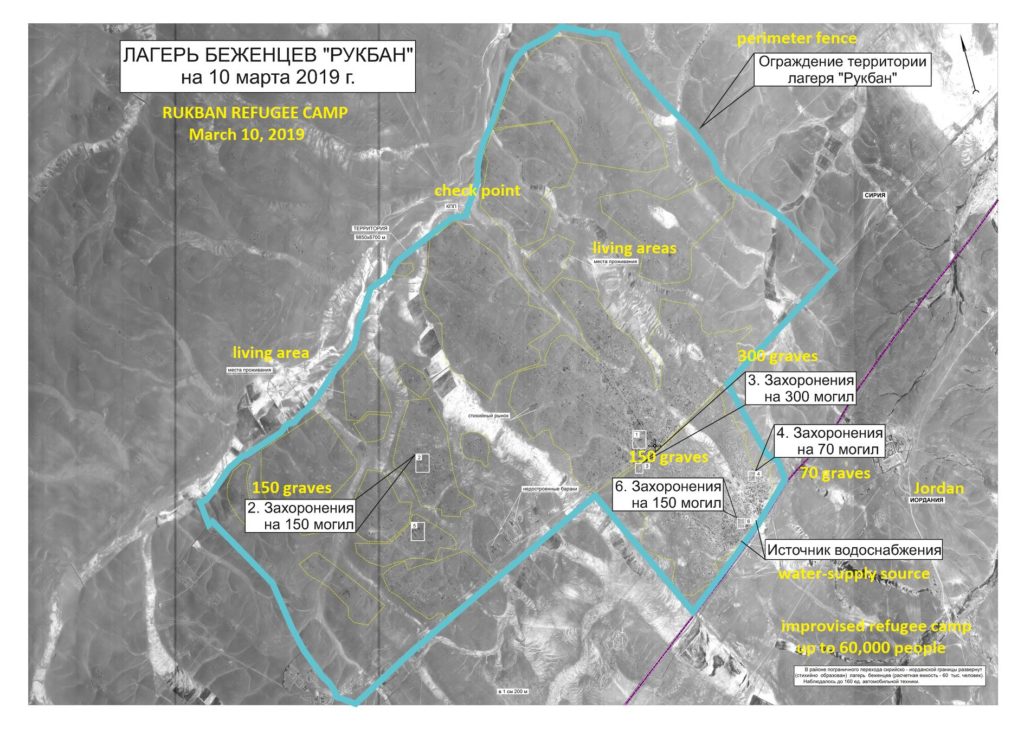
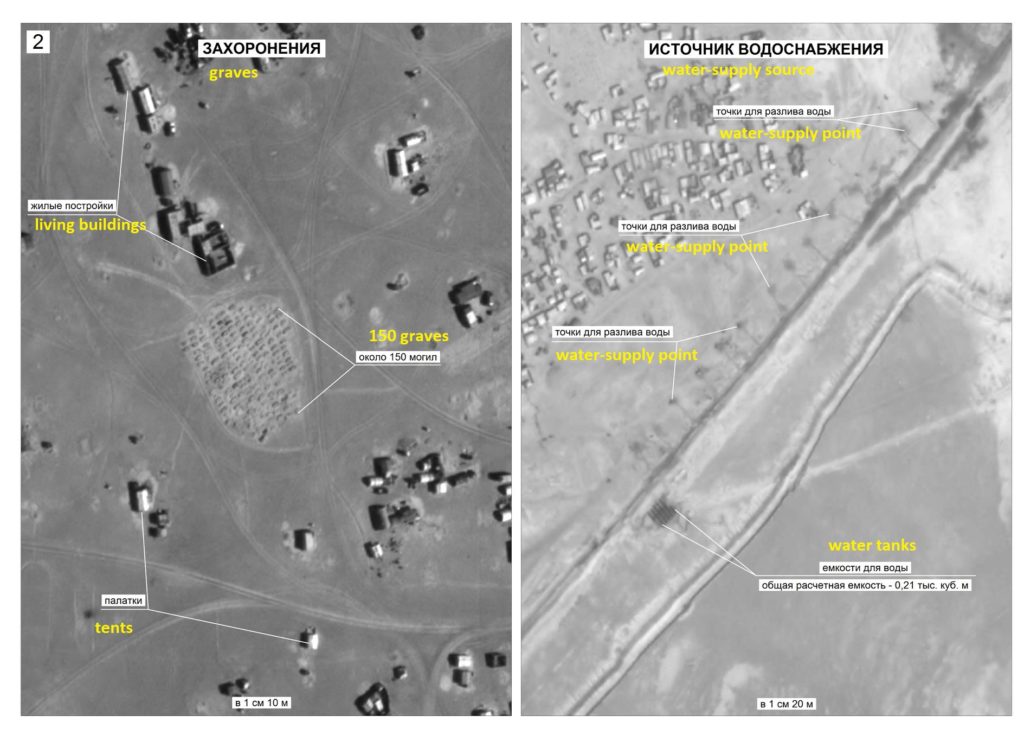
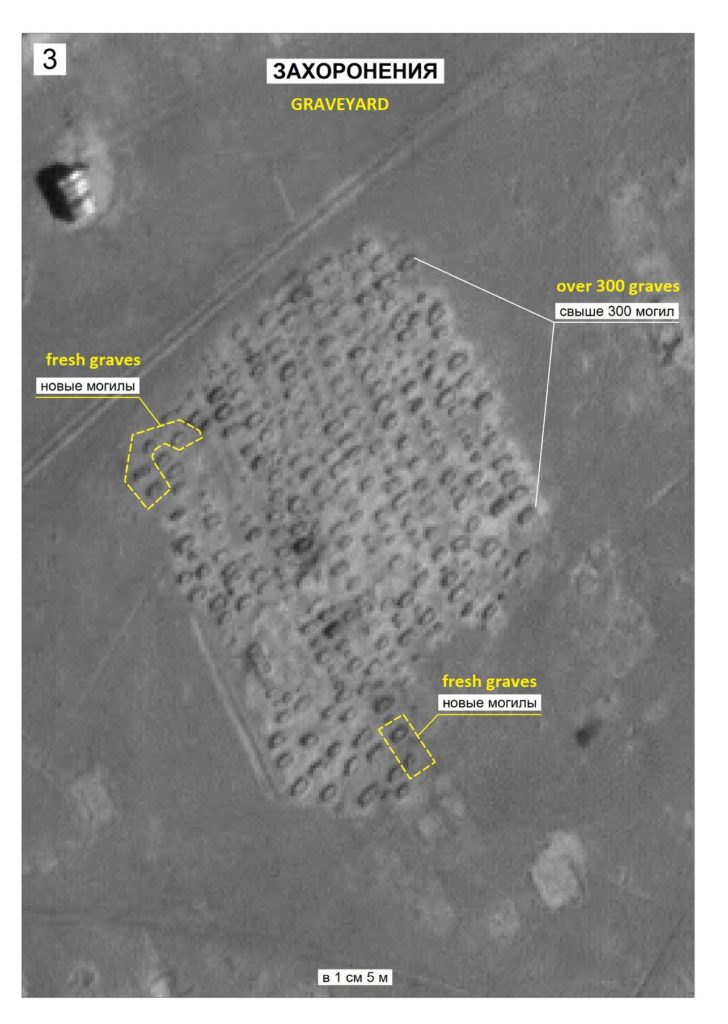
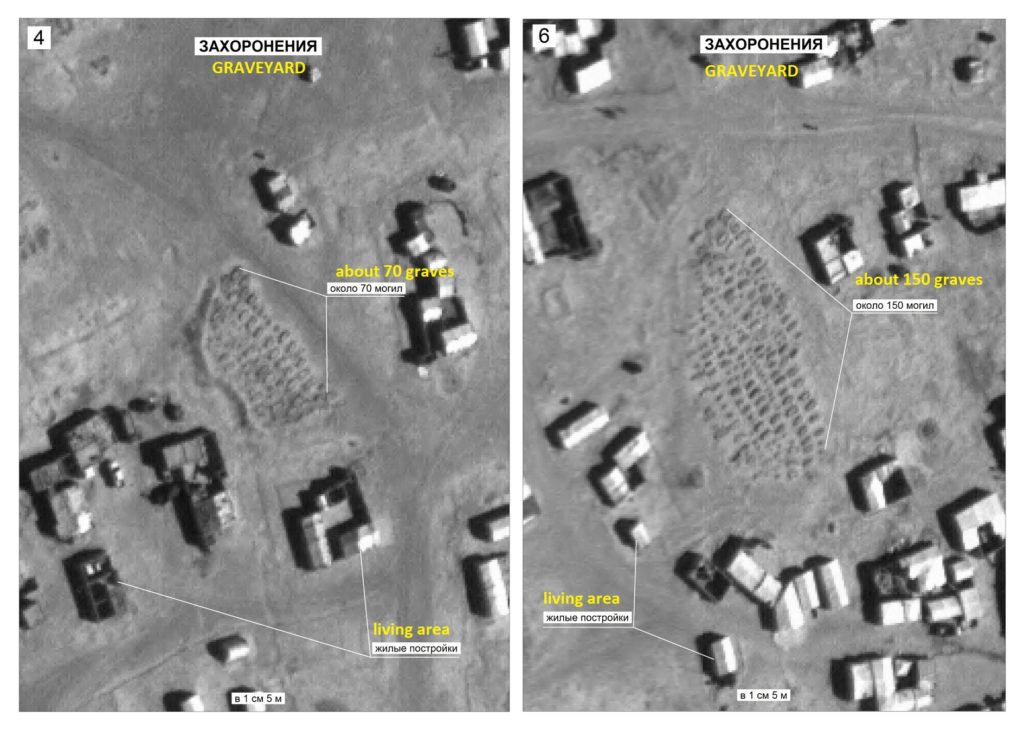

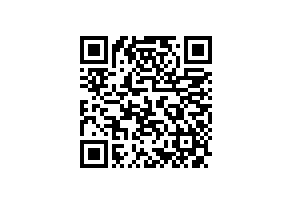

ИМА ГОСПОД
Кога тогаш ќе им дојде време и на тие Терористи, не можат да ги држат луѓето таму толку долго време
а овие Американскиве гнасни воени терористи брзо ќе им дојде времето. Тркалото се врти.
Macedonian ?.
This is the google translation –
HE HAS THE LORD
When the time comes for those Terrorists, they can not keep people there for so long
and these American abominable military terrorists will quickly arrive. The wheel turns.
Yes macedonian but Google is waaaay funny in translating, translate is something like this:
There is God/God is always here/watching
Soon or later the time will come for these terrorists, they cannot keep the people there so long and soon the time will come for these American nasty military terrorists. The wheel is always circling around.
There that’s the translation with accuracy of 96% or so.
Way faar from Google.
Cheers :).
normal! In a population of 35.000 to 42.000 each year 700 people will die. So this is a refugee camp in war , littered with terrorist among weakened people, there is all reason to have more deads.
Maybe?. Yet what do you say about the five litres not being enough in the long term? Do you think the death rate won’t increase soon?
they should check the bodies for missing organs as this business is blooming in the so called “civilized western countries“ of the subhumans.
” but you have to question why the US doesn’t allow for much/any
humanitarian aid, why the US doesn’t want those people from leaving the
camp”
Funny how Maduro is a Tyrant and an Animal for not letting in aid into his country, ( that has hidden weapons in it ) in Venezuela and the US plays innocent in Syria for doing the same,hypocrites
I like the nasty cynicism.
it is none the less the truth. 28000 children age 2-18 have been lost in turkeys refuge camps, with no trace and we, my group, have put it officially as question to UN and their answer was that they was too busy to check it out.
Russia and Syria must continue to hammer away at this atrocity. The evil scum in the US that allow and cause this situation will have to be very careful not to ever let the public know what is going on. Even they can’t stand this being laid at their doorstep. Sooner or later, they will have to give these people up. I am so disgusted and sick over what the SOBs in my government are doing. People of Venezuela, take note. If you follow Guano, this is likely to be your fate as well. They do not give a shit about you, all TrumpCorp wants is your oil, you can starve for what they care and they would prefer you all just die.
GOODWILL FROM ZIONIST/WAHBHI THUGS . IS IMPOSSIBLE THEY ARE SELLING THIER ORGANS TO FUND THIS TERRIOST I ALTANAF AND US FORCE IS INVOLVE. SYRIAN AND RUSSIAN HAS TO FORCE THIS THUGS OUT .
Sure, it all sounds pretty awful… but is any of that really important?
Give the US leaders the facts that are truly important to them: how are the profits from child trafficking from Rukban doing lately? What about human organ sales? Rukban isn’t running low on ‘donors’ is it? CENTCOM can hook us up with plenty more if necessary. Al Hawl just got a fresh shipment.
Well one thing is for sure, the Americans didn’t bury them.
The US would only burn them to hide the evidence, and usually just leaves its victims to rot.
These bastards of Americans knew of the existence of the Nazi concentration camps that locked up labor for companies like Siemes, Phillips, General Electric, General Motors, located right next to the concentration camps and because they had put the money by financing Hitler, across the war never bombed them. Hitler himself was sent to power by Jewish finance as Cheese and Morgan who previously financed German industry then blocked the funds creating the crisis to win Hitler. Today for Venezuela it is the same script and there is also the criminal on duty, Elliot Abrams, in the organization of the genocide.
Rukban is clearly a US-controlled death camp, not a “refugee camp.” And the hostages are being held as human shields to protect Washington’s terrorist proxies in the region.
Hmm they betrayed their country and fellow citizens to follow a pack of foreigners. At least theyll serve as an object lesson of treason.